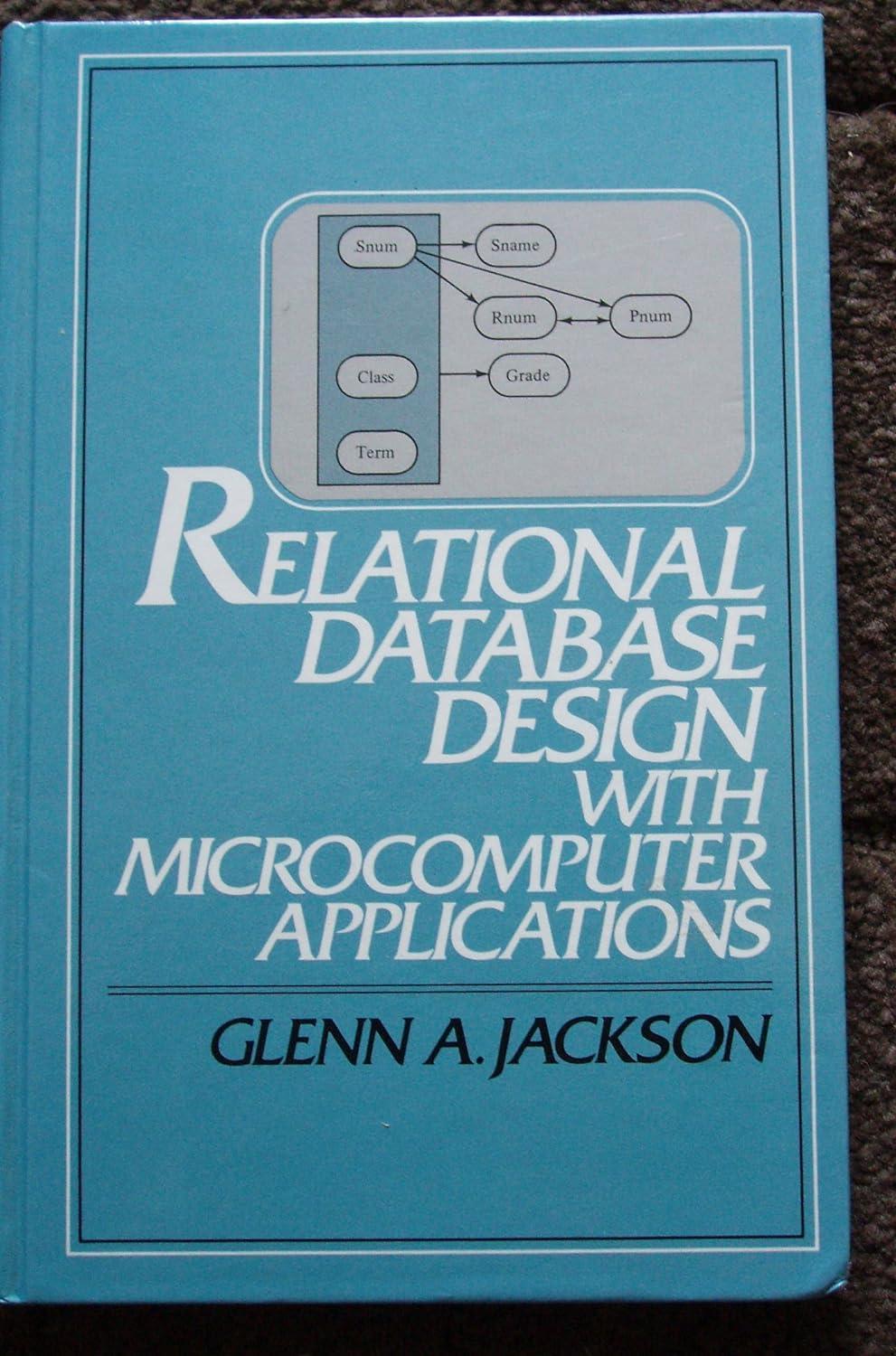Question
Write a java program: The topology of the emulated network, i.e., the network nodes and the interconnecting links, will be specified by an Initial Topology
Write a java program:
The topology of the emulated network, i.e., the network nodes and the interconnecting links, will be specified by an Initial Topology Configuration (ITC) script. An example of an ITC script for a network with 4 nodes and 4 bi-directional links follows: 1 u-02.sm201.iuk.edu 17878 2 3 1000 2 u-02.sm201.iuk.edu 17879 1 4 1200 3 u-07.sm201.iuk.edu 17879 1 4 600 4 u-12.sm201.iuk.edu 17890 2 3 800 Each line of the ITC corresponds to a network node X. The arguments are as follows: 1. The unique Node ID (NID) of node X 2. The name of the host that will be emulating X 3. The UDP port number used for all communications to/from X 4. The NID of the first node that X is connected to 5. The NID of the second node that X is connected to 6. The link's Maximum Transmission Unit (MTU) in bytes The ITC script will follow the format and structure of the previous example. It will not include any comments, but it may include arbitrary blank spaces between successive arguments, or blank lines. Suppose that your executable program is called csci438, and the previous ITC script is called itc_1. To emulate the network of the previous example you would need to run four instances of csci438, as shown next. Note that csci438 takes 2 arguments NID of the corresponding node and the filename of the ITC script. At u-02.sm201.iuk.edu run: csci438 1 itc_1 At u-02.sm201.iuk.edu run: csci438 2 itc_1 At u-07.sm201.iuk.edu run: csci438 3 itc_1 At u-12.sm201.iuk.edu run: csci438 4 itc_1 Note that the ITC script defines the initial network topology. This initial network will be connected, i.e., there will be a path from each node to all other nodes. Reading the ITC script, each node will identify its neighbors in the network. After this initialization, your routing protocol should be able to find the other nodes in the network and the next hop to these nodes. The routing protocol should also detect topology changes and react to them by determining new shortest-path routes. Two types of topology changes can occur: 1. A node failure, meaning that the process that emulates a network node, together with its links, is aborted. All the corresponding links to/from that node are disabled. 2. A link failure, meaning that a particular link is disabled. Both failures can be permanent or temporary (i.e., an aborted node or link can be restarted). There will be no introduction of nodes or links that were not present in the original topology. You can assume that the number of network nodes will be up to 10.
Here is the ITC Files:
https://files.fm/u/ezaf26ce
Step by Step Solution
There are 3 Steps involved in it
Step: 1

Get Instant Access to Expert-Tailored Solutions
See step-by-step solutions with expert insights and AI powered tools for academic success
Step: 2

Step: 3

Ace Your Homework with AI
Get the answers you need in no time with our AI-driven, step-by-step assistance
Get Started


